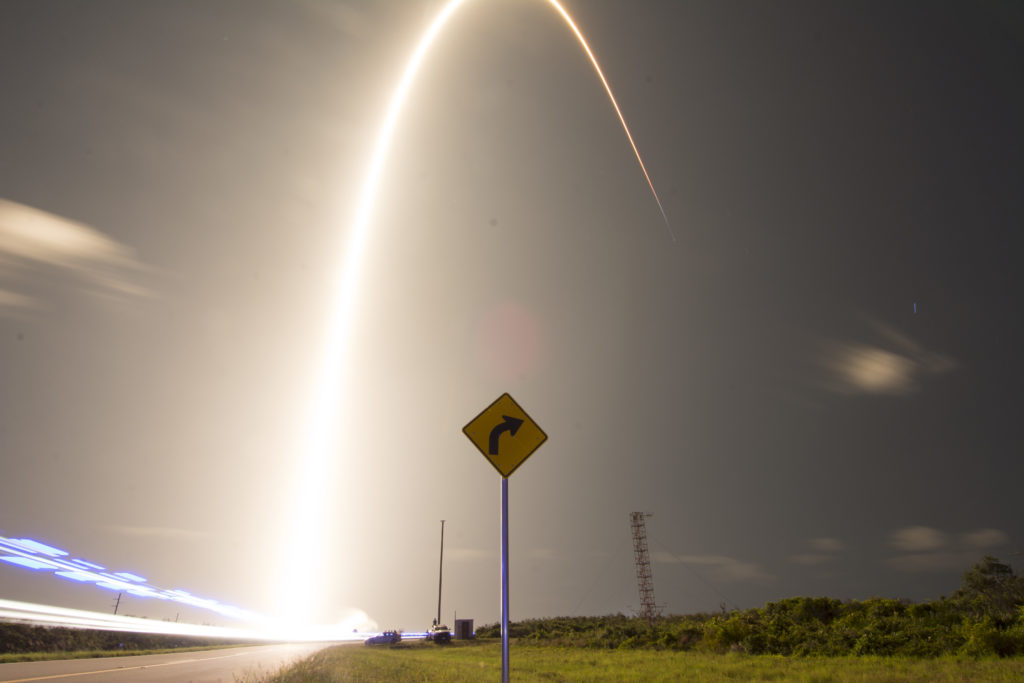To an observer of the night sky, be they an amateur, professional, or occasional stargazer, the scene is familiar. Standing outside on a dark night, perhaps in an uncluttered backyard or an exposed outcropping at Trundy Point, the winter sky seems filled from horizon to horizon with thousands of stars.
Winter is great for astronomy for many reasons. First and foremost, long nights near the solstice mean it gets dark early and stays dark longer. Second, cold air holds much less moisture than warm air, meaning there are fewer water molecules floating in the atmosphere to scatter light on its way to the surface. Lastly, at this point in our planet’s orbit of the sun the night sky looks away from the center of the Milky Way, meaning fainter stars and distant objects are less obscured by the dearth of light from our home galaxy.

But if you follow astronomy news, be it through online publications or local groups like the Southern Maine Astronomers, these days stars are taking a backseat to headlines bemoaning a growing problem in astronomy: satellites. Companies including SpaceX, Amazon, and others are piloting programs involving thousands of small satellites, clustered in “constellations” that would circle the earth providing communications infrastructure.
Proponents of these projects point to one critical benefit: satellites may be the only technically and economically feasible way of providing universal internet, especially to underserved rural areas of the globe (and even the US). But the sheer number of satellites necessary to accomplish this feat – SpaceX plans to launch 12,000 as part of its Starlink project – could threaten astronomical viewing. By one expert’s estimate, as many as 500 Starlink satellites at a time would be visible to astronomers at dusk and dawn, when the objects reflect the most sunlight back to earth, and many would be bright enough to see with the naked eye.
Some mitigation steps are already being taken to reduce the impact: the SpaceX satellites will eventually move to a higher orbit where each will be dimmer, but visible for longer. Regardless, groups including the International Astronomical Union (IAU), the International Dark Sky Association (IDA), and the National Radio Astronomy Observatory (NRAO) have all put out statements, emphasizing the need for caution and collaboration to ensure that the both the natural beauty and scientific value of the night sky is maintained.
For now, make sure to get out there and enjoy the night sky. If you are interested in spotting the most recent launch, Starlink will be passing over in the early morning for the next couple weeks – you can find full projections here.
– Philip Mathieu, CELT Education Coordinator
